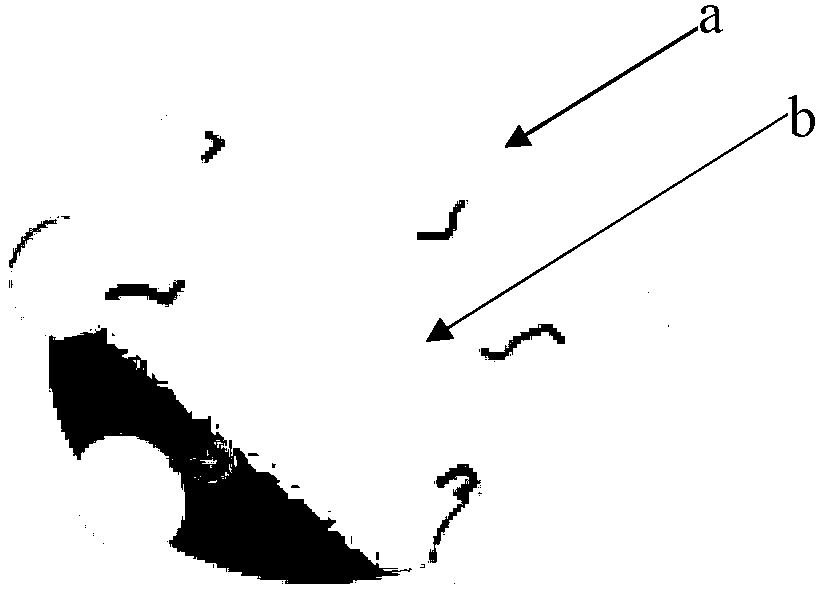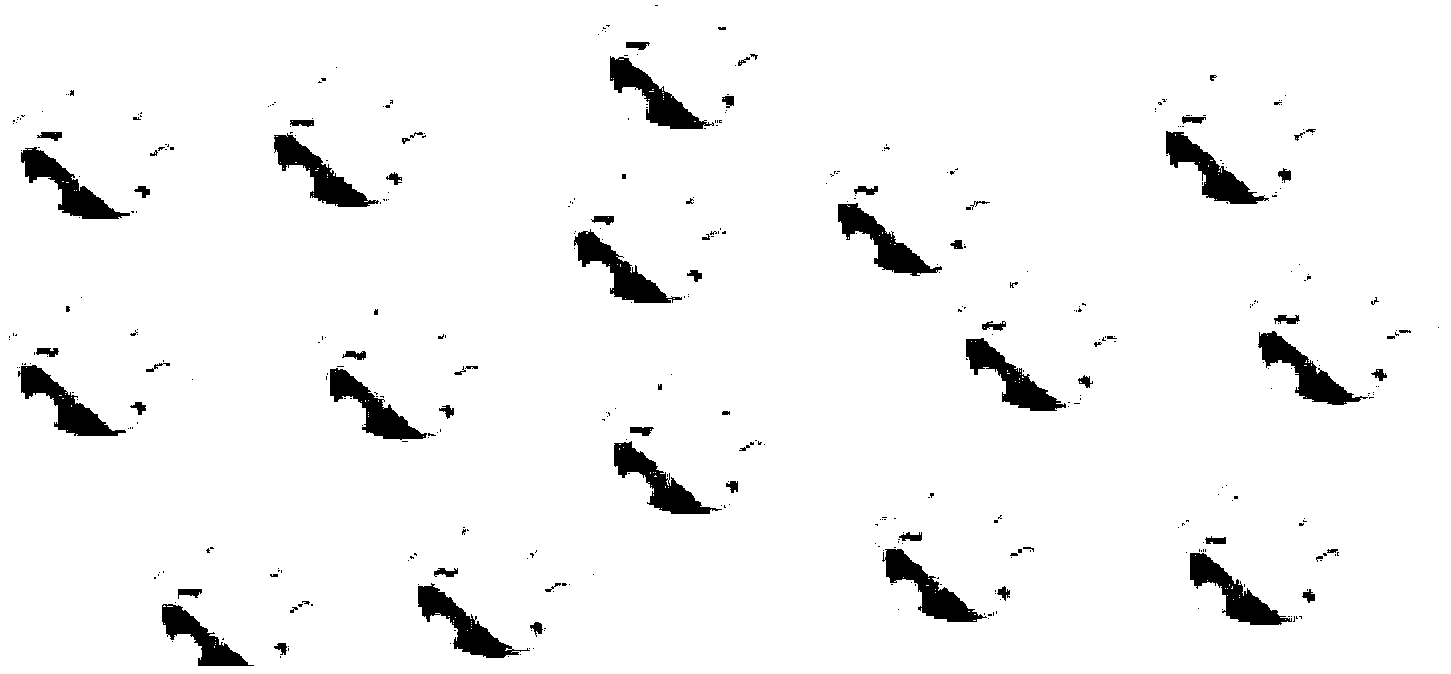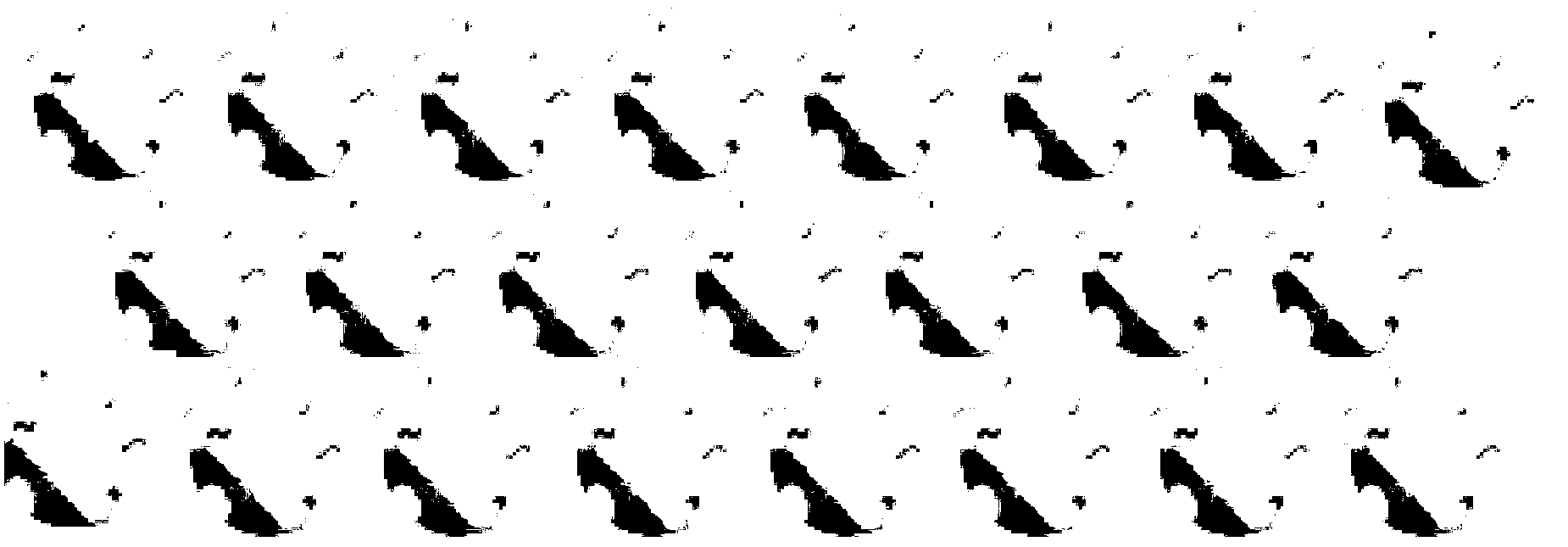Ionic polymer film material and preparation method thereof, and lithium secondary battery
A technology of ionic polymers and membrane materials, which is applied in the field of diaphragm materials and its preparation, can solve the problems of increasing the manufacturing cost of polymer membranes, battery short circuits, poor thermal stability of microporous membranes, etc., and achieve good liquid absorption and liquid retention capabilities , improve the cycle life, improve the effect of electronic insulation performance
- Summary
- Abstract
- Description
- Claims
- Application Information
AI Technical Summary
Problems solved by technology
Method used
Image
Examples
preparation example Construction
[0046] The ionic polymer membrane provided by the invention is prepared by the following method:
[0047] a. Synthesis of polymer colloidal emulsion: Add colloidal protective agent and distilled water into the reaction flask, heat and stir until completely dissolved, add reactive sulfonate surfactant, polymerization reaction monomer and crosslinking agent (in any order) and mix Uniform, then add initiator polymerization reaction to obtain polymer colloidal emulsion;
[0048] b. Polymer colloid emulsion, coated on the plastic base tape, peeled off after drying.
[0049] As a preferred solution of the present invention, the polymerizable monomer is methyl acrylate.
[0050] In order to adjust the thermal shrinkage of the membrane material, the ability to absorb and retain liquid to the electrolyte, and adjust the flexibility of the polymer, etc., a further preferred solution of the present invention is that a second polymerizable monomer CH is also added to the polymerization ...
Embodiment 1
[0062] In a four-port reaction vessel with condensed water, add 1000g of distilled water and 51g of polyvinyl alcohol, then raise the temperature to 92°C, stir to dissolve, cool to 60°C after the polyvinyl alcohol is completely dissolved, add 156g of methyl acrylate (MA) mono body, 10g allyloxy hydroxypropyl sodium sulfonate (AHPS) and 10g cross-linking agent methylenebisacrylamide were stirred for 1h, and 2g ammonium persulfate was added to initiate polymerization. After the reaction was carried out for 6 hours, 100g (MA) was added and 5gAHPS, while adding 1.5g ammonium persulfate to continue polymerization for 10 hours, to obtain a white polymer colloidal emulsion.
[0063] The prepared polymer colloidal emulsion is coated on the PET base tape, and after drying the water, an ionic polymer film with a thickness of 20-25 μm is obtained, and the particle size range of the colloidal particles is 80-100 nm observed by a scanning electron microscope.
[0064] figure 1 It is a sch...
Embodiment 2
[0066] In a four-port reaction vessel with condensed water, add 1000g of distilled water and 51g of polyvinyl alcohol, then raise the temperature to 92°C, stir to dissolve, cool to 60°C after the polyvinyl alcohol is completely dissolved, add 156g of methyl acrylate (MA) mono body, 10g of 2-acrylamido-2-methylpropanesulfonate (AMPS) and 10g of cross-linking agent methylenebisacrylamide were stirred for 1h, and 2g of ammonium persulfate was added to initiate polymerization. After the reaction was carried out for 6 hours, 100g of (MA) and 5gAMPS, while adding 1.5g of ammonium persulfate to continue polymerization for 10 hours to obtain a white polymer colloidal emulsion.
[0067] The prepared polymer colloidal emulsion is coated on the PET base tape, and after drying the water, an ionic polymer film with a thickness of 20-25 μm is obtained, and the particle size range of the colloidal particles is 80-100 nm observed by a scanning electron microscope.
PUM
| Property | Measurement | Unit |
|---|---|---|
| particle diameter | aaaaa | aaaaa |
| thickness | aaaaa | aaaaa |
| particle diameter | aaaaa | aaaaa |
Abstract
Description
Claims
Application Information
 Login to View More
Login to View More - R&D
- Intellectual Property
- Life Sciences
- Materials
- Tech Scout
- Unparalleled Data Quality
- Higher Quality Content
- 60% Fewer Hallucinations
Browse by: Latest US Patents, China's latest patents, Technical Efficacy Thesaurus, Application Domain, Technology Topic, Popular Technical Reports.
© 2025 PatSnap. All rights reserved.Legal|Privacy policy|Modern Slavery Act Transparency Statement|Sitemap|About US| Contact US: help@patsnap.com



